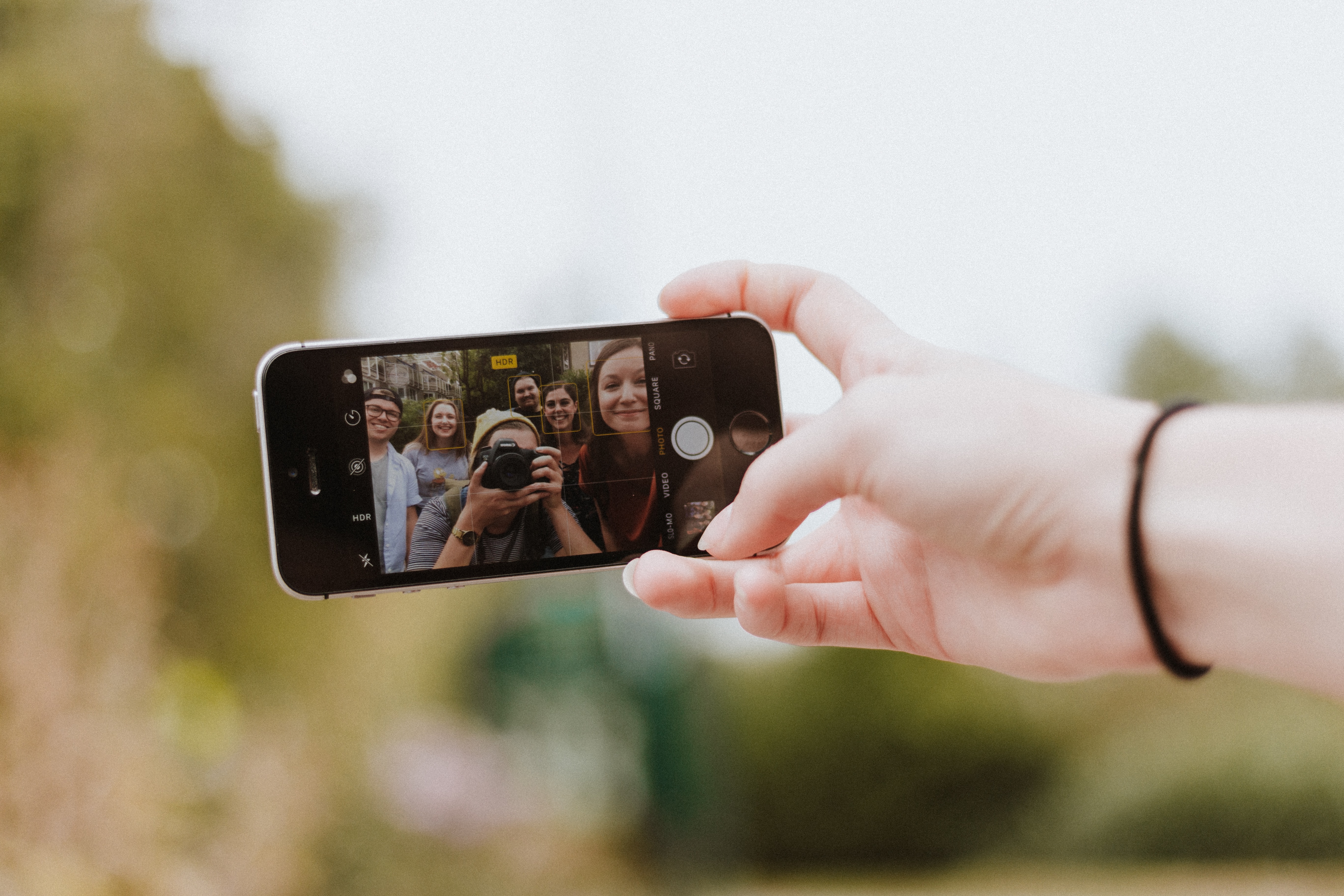
Gen Z spend their lives on social networks, right? Therefore, it follows that ‘social media listening’ is the best way to find out about their lives, interests and aspirations – unmediated and in their own words. But that’s not what we’ve observed. Social listening can tell you about brand mentions and offer some limited sentiment analysis, but on any subject outside the brand world, the insights are severely limited.
Research conducted with our global community in 2019 tells us that social media platforms are the not the environments to get a candid view of how young people think. While Gen Z will share and like content within their filter bubble, everything they do is strictly guided by what they want their ‘public persona’ to project. They don’t hold meaningful conversations on public platforms – and rarely give an entirely open view of how they actually think or behave.
Social listening means brands end up monitoring a carefully curated point of view – it’s like eavesdropping an interview, or a constructed reality. Look at the top social networks for Generation Z: Whatsapp, Instagram, Snapchat, Facebook and Twitter. Instagram is a stage. It’s for following people and curating a personal brand. For most of the young people in our global community, this makes it a passive network. Gen Z don’t post anything that is ‘off brand’ on their Instagram.
Facebook is still widely used, but it’s for news content and video discovery. Young people are more comfortable sharing content than posting status updates and comments. Gen Z know their parents are on Facebook and keep things strictly PG. Twitter is seen, at best, as a real-time news feed and at worst, confusing, insular and cliquey. That means that all the meaningful conversations, questions and recommendations between friends (where the real insight is) happen in private groups. Snapchat, WhatsApp, Facebook Messenger. So, how do you get the insight that young people share in their private conversations?

A targeted approach – in a ‘safe’ environment
A private, ‘safe’ space that replicates the social media environment – with all the positive associations of a community – but allows for direct, private feedback is the only way to get true insight. Creating the conditions for young people to talk in person is the best way to facilitate real ‘social listening’ – using the conventions of social media that Gen Z have grown up with and curating dedicated digital communities to discuss and create, away from their carefully managed social media identities, or the prying ears of parents or teachers.
In short, social listening projects are often mining for insight in barren land. The best way to listen to the candid conversations of Gen Z is to cultivate the conditions for them to occur within your earshot. At Bulbshare, we do exactly this: provide an intuitive interface that replicates social media platforms, while also allowing for confidential, one-to-one feedback. Check out our toolkit for how to engage Gen Z for true social listening.
Four steps for true social listening:
- Don’t trust ‘social’ when connecting to Gen Z. Young people don’t speak candidly on the social media platforms you know. Everything they share is subject to a carefully curated public persona.
- Build your own communities. Going direct is the only way for authentic, unguarded interactions. Private, owned communities allow for direct feedback in a trusted environment.
- Engage with the right conversations. At Bulbshare we ask the right questions to ensure we’re engaging our youth communities in meaningful conversations – in order to guarantee feedback, ideas and content that work for our clients..
- See how we connected the skincare brand Simple to 1,000 Gen Z consumers across the UK and the US to inform a social purpose campaign that would resonate with young audiences. Click here.


